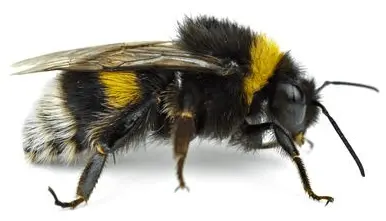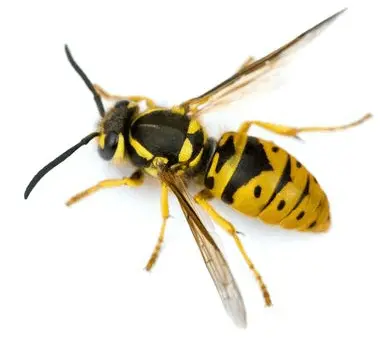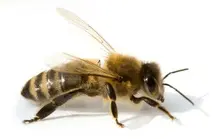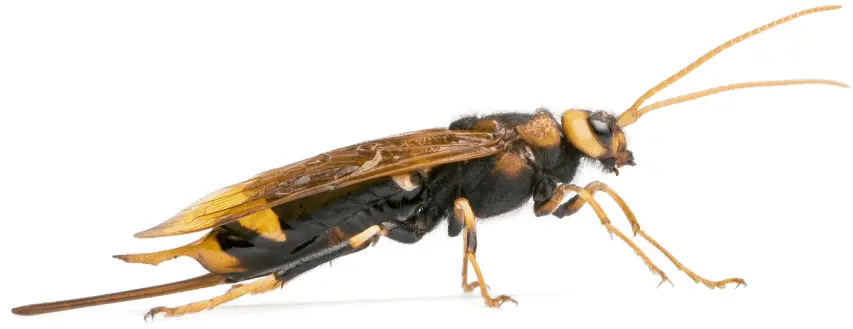Swarms
This page gives information concerning swarming. ERBA are keen to help in anyway possible, and offer services related to honey bee swarm re-homing due to swarms.
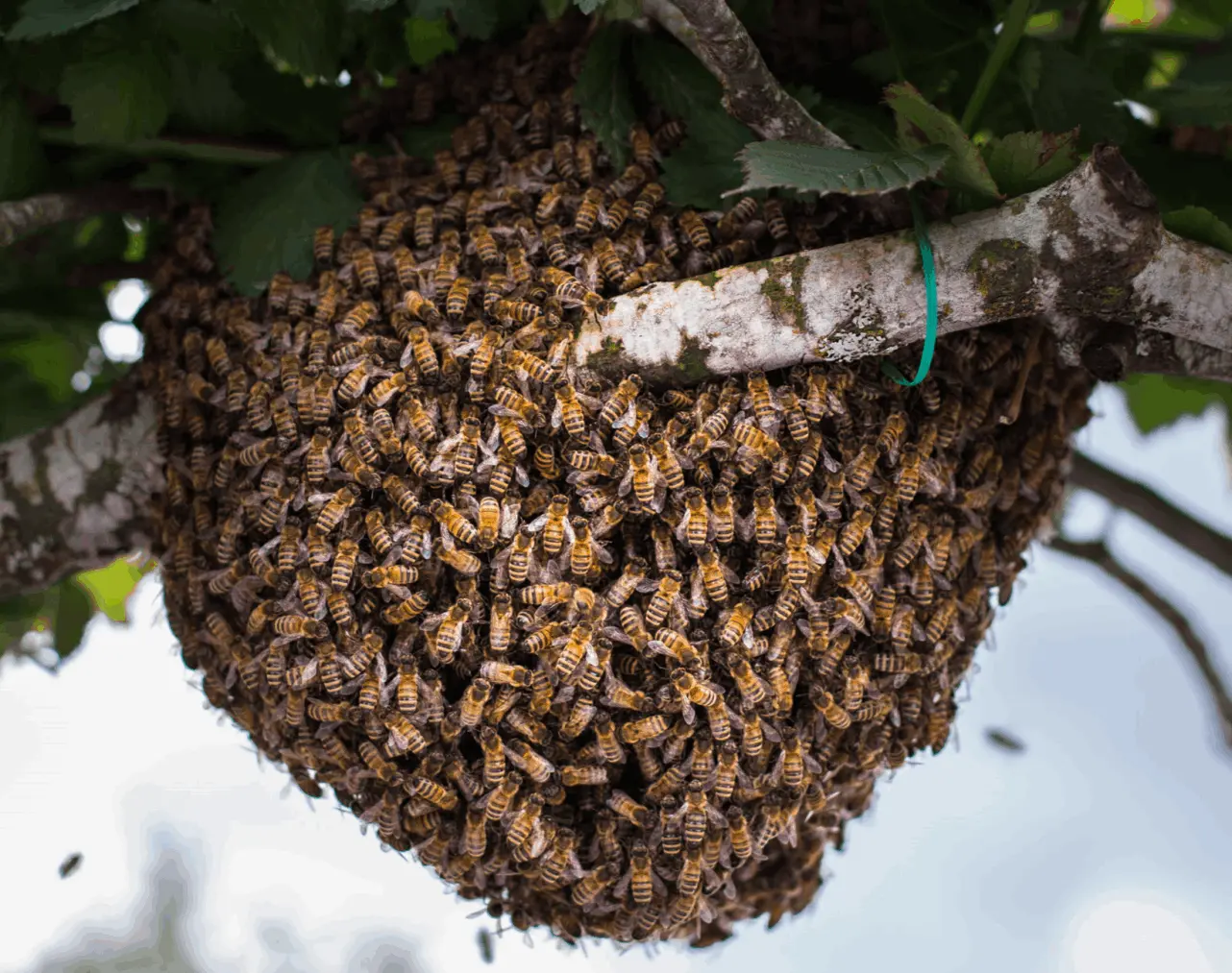
What is Swarming and why do bees do that?
Have you ever seen something similar like in the picture? Looks scary, right?
The sight of swarming bees can certainly cause anxiety in some people. However, you should know that swarming is a fundamental and almost magical part of the bee’s life cycle.
Let’s think about bee reproduction. During the year the queen bee lays lots of eggs, the worker bees are born and form the colony. We call it the “individual bee reproduction“. Keep in mind that a worker bee only lives few months. If bees would reproduce only in this way, bees would have difficulties to reproduce as a species.
So, what about the colony itself? How does an entire colony reproduce?
Imagine a hive in spring and summer. During this time a colony can grow massively, both in terms of number of worker bees and needed space. The available space becomes smaller and smaller. How would you feel if your home is packed with so many people? You would probably split up and find a new place to live. This is what bees do when they swarm. When bees swarm, it means that one colony just became two colonies. We call it the “reproduction at the colony level”.
With swarming, bees try to solve a very apparent space problem and in the same time they follow their instinct of survival and reproduction.
Hive Relocation
ERBA can help you manage or relocate abandoned feral hives and is particularly interested in the native Scottish black bees. Please note that ERBA will not accept any liability for loss, damage or injury which might arise from the handling and management of any third party bees by any member of ERBA .
ERBA does not charge for removal of a swarm, however, any voluntary donation for the successful removal will be most welcome.
With rapid population growth comes the possibility of the colony swarming. The most common cause of a bee swarm is that the colony just outgrew their hive! A large population may lead to the colony running out of space to store honey and brood, hindering the workings of the hive.
If the colony poses no danger to public health, and are not causing a nuisance or a threat, they can be left alone. That said, you should contact a member of the ERBA committee who may be able to make arrangements to remove the swarm safely.
Usually a swarm will move from the original location within 24 to 48 hours, therefore, if a beekeeper is not available to collect the bees from a homeowner's property, the bees will normally leave without causing a problem.
